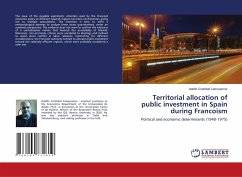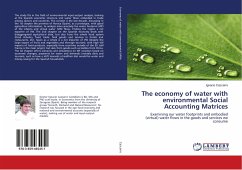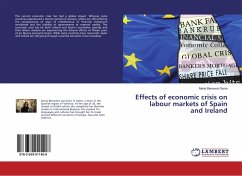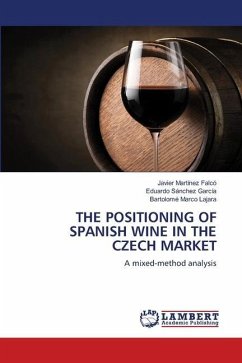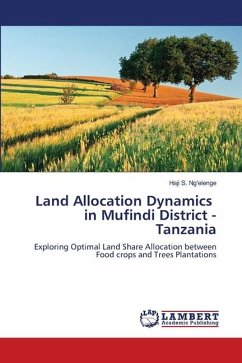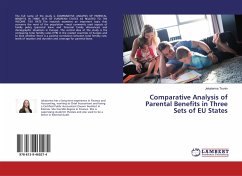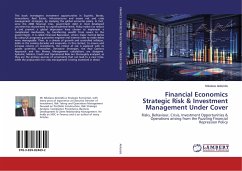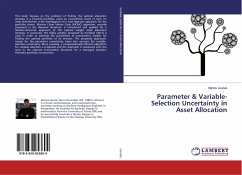The issue of the possible asymmetric attention paid by the Francoist economic policy to different Spanish regions has been controversial, giving rise to multiple speculations. The intention is here to offer a methodological attempt to analyze these issues quantitatively, under an academic perspective. The evidence does not seem to confirm the existence of a centralization motive that favored the accessibility of Madrid. Moreover, non-economic criteria were unrelated to ideology and inclined to avoid social conflict in labor relations. Controlling for different considerations, the Francoist authority tended to allocate public investment toward the relatively affluent regions, which were probably considered a safer bet.
Hinweis: Dieser Artikel kann nur an eine deutsche Lieferadresse ausgeliefert werden.
Hinweis: Dieser Artikel kann nur an eine deutsche Lieferadresse ausgeliefert werden.

